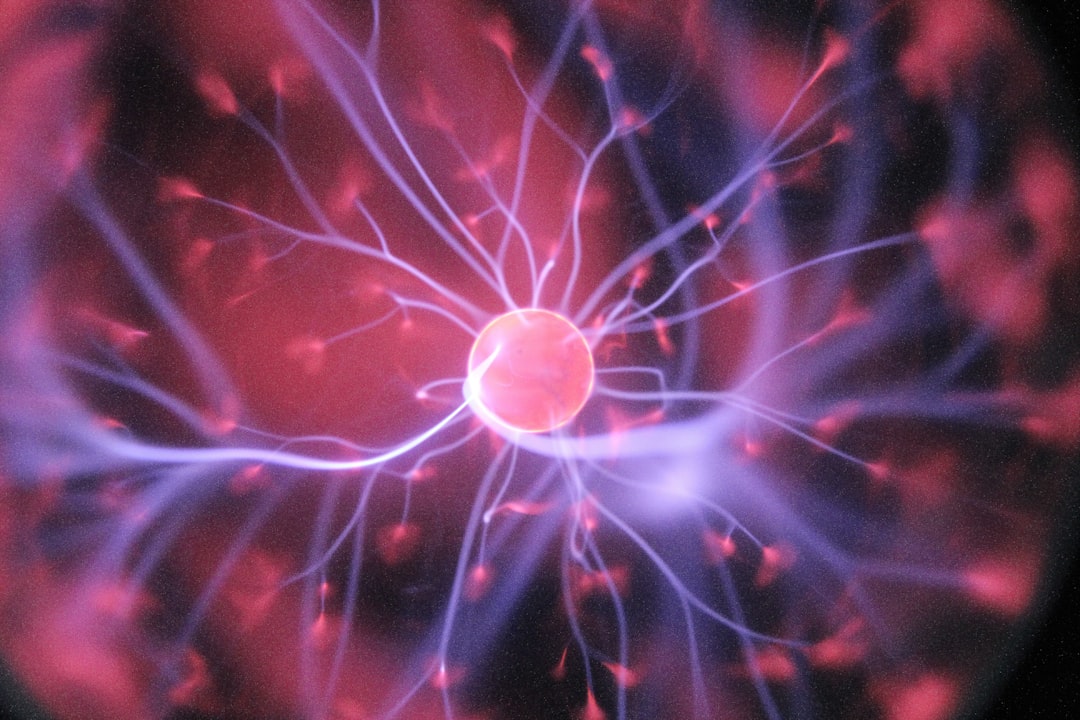What is it about?
Accumulation of reactive forms of oxygen and nitrogen (RONS) cause oxidative stress that underlies aging and many diseases such as cardiovascular disoders, neurodegneration, inflammation and complications of diabetes mellitus. However, normally activity of antioxidant system provides scavenging of RONS, and at physiological cobditions there are only low RONS concentrations in cells. During long evolutionary time, living organisms have attained adaptation to the RONS concentrations by utilizing them in controlling many intracellular processes. This is acheived through their involvement in regulation of cell signaling and transcription factor activities - the phenomenon denoted as ROS/RNS signaling.
Featured Image
Why is it important?
Studying the ROS/RNS signaling helps understanding cellular functioning under both physiological and pathological conditions. Revealing components of antioxidant system and cell signaling pathways involved in maintenance of cellular redox homeostasis provides novel drug discovery and drug targets.
Perspectives
This is very exciting scientific area for me. Because it give a great opportunity to combat aging and manuy age-related diseases. Writing this review article was a great plesure for me. I have already received very warm words and high assessment of the article from my collegues. Thank you very much. I hope the article will be of interest of a broad scientific audience.
Professor Nurbubu T. Moldogazieva
I.M. Sechenov First Moscow State Medical University (Sechenov University)
Read the Original
This page is a summary of: ROS and RNS signalling: adaptive redox switches through oxidative/nitrosative protein modifications, Free Radical Research, April 2018, Taylor & Francis,
DOI: 10.1080/10715762.2018.1457217.
You can read the full text:
Contributors
The following have contributed to this page










